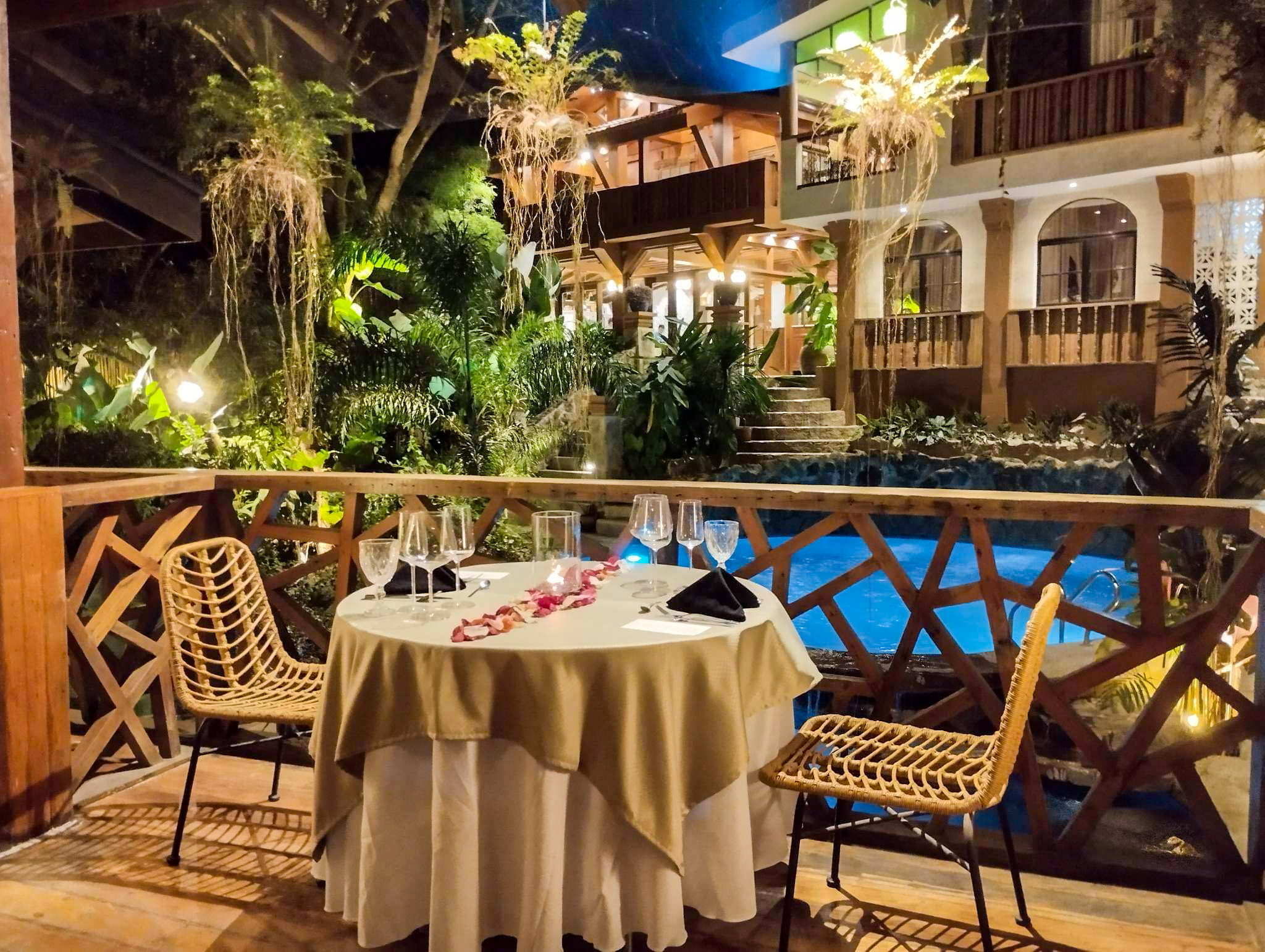On the heels of Halloween and coming into November, people across the globe commemorate an inevitable, inescapable reality of life: death. More specifically, throngs troop to cemeteries and final resting places to honor and remember their dearly departed kith and kin – friends and family who have gone before them.
The day of commemoration, All Soul’s Day, goes by many names and involves varying customs. In Mexico it’s Dia de los Muertos (Day of the Dead). In most parts of Spain, it goes by the same name, while in Catalan, it is the celebration of the tradition of La Castanyada. Poland’s rites go back to ancient times, with the observance of the Slavic practice of Dziady or Forefather’s Eve. Meanwhile, Haiti has its Fet Gede, the Feast of the Dead or Festival of the Ancestors, a marriage of Catholic and voodoo aspects.
By whichever name it goes and however which way it is marked, one thing is constant: All Soul’s Day is equal parts revelry of life and poignant memory of loss, the world over.
In Manila, it’s no different.
Undas upon us
On Philippine shores, the season of undas starts on Oct. 31 with Halloween, continues on Nov. 1, All Saint’s Day, and ends on Nov. 2, All Soul’s Day. No one knows exactly why most folk across these islands troop to the cemeteries on the 1st and not the 2nd of November either.
Inconsistencies and points of confusion aside, however, the tradition of Araw ng mga Patay (which translates to, yet again, Day of the Dead) is a time-honored one, indeed, with millions of people flocking to burial grounds across the country. In Manila alone, well over 1 million people make their way to those final resting places, over a course of three days – with some even staying the duration of the undas stretch.
A celebration of life
While my family never really got in on either the festivity or the solemnity of the occasion (they were always put off by the people-crush during undas itself and pragmatically chose to visit on some other close-enough-date, instead), curiosity got the best of me.
In recent years, I trekked to Makati’s South Cemetery to witness the holiday. And it may as well have been a fiesta, really.
Families laid mats on the ground to indulge in picnic lunches, some folk played card games, while others swapped animated stories of their dear departed. Children ran about, as children often do. In all, it was a celebration of the life the departed had lived, and an expression of the living friends’ and families’ yearning to share in that, still – and to show, in no uncertain terms, that the dead had not been forgotten.
The ‘dead’ among us
Lately, though, I cannot help but think about the dead among us.
No, I have not stumbled upon a horde of zombies. I am referring to those who live and breathe and work and play among us – alive on the outside, but dead on the inside. You would have to be living under the largest rock the last few years not to realize that life has become tougher and it takes a lot more strength to make it through unscathed. Many are dead on their feet, and I do not just mean in an “I-need-sleep-and-rest” physically exhausted kind of way.
As such, I am almost constantly reminded of a passage in the bible, and you do not necessarily have to be of the Christian persuasion to appreciate it. The verses are from the book Numbers 16:46-48 “And Moses said to Aaron, ‘Take your censer, and put fire on it from off the altar and lay incense on it and carry it quickly to the congregation and make atonement for them, for wrath has gone out from the Lord; the plague has begun.’ So Aaron took it as Moses said and ran into the midst of the assembly. And behold, the plague had already begun among the people. And he put on the incense and made atonement for the people. And he stood between the dead and the living, and the plague was stopped.”
Sure, in these verses, people were near physical death from a plague – these days, though, the plague that has beset us is of a more internal kind; the kind that causes people to lose hope and want to give up on life. And, if we are honest with ourselves, if we purpose not to look away, I am sure that we will find such folk among us. These days, stories of suicide and self-destruction are more rampant than ever; and I, for one, am weighed down by this.
Heed the bells
Speaking of plagues, some scholars say that the phrase “dead ringer” originated back in the days of Europe’s Black Death. Bubonic plague had devastated many parts of Europe, estimated to have killed 30-60 percent of the population as it unleashed its deadly fury. Many of the victims went into a coma, and, on account of the lack of hi-tech diagnostic equipment, it was often impossible to be completely sure a person was really dead. So, the living would hold a vigil to observe if the individual believed to be deceased would “wake” – yes, it is likely where the term for a wake service comes from.
If, however, the person failed to wake after some days, those in charge would bury the body. It is said that, often, distraught friends or family members would leave a string or a rope in the coffin, leading above ground, where it was attached to a bell. That way, if the departed happened to wake up soon after burial, having been mistakenly buried alive, they would have the ability – by ringing the bell – to alert someone to the fact that they were not dead. Hence, the term “dead ringer,” which has evolved to mean a person or thing that looks exactly like someone or something else.
Dead people looking alive, going through the motions of life, but void of the desire to continue truly living.
Listen: bells are going off all around us. Will you help bring people back to life? Your kindness and compassion may just be what they need to reignite a sense of life’s purpose in them. Undas or not.
By ANGIE DUARTE
Between The Living and The Dead
Published on November 1, 2018
This post was last updated on March 26th, 2020 at 02:43 pm









